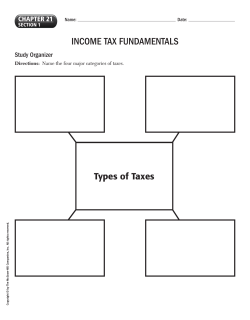
LO1.1 - McGraw Hill Higher Education
Needed: PeopleCentered Managers and Workplaces Chapter One McGraw-Hill/Irwin © 2012 The McGraw-Hill Companies, Inc. All rights reserved. Copyright © 2012 by The McGraw-Hill Companies, Inc. All rights reserved. After reading the material in this chapter, you should be able to: LO1.1 Contrast McGregor’s Theory X and Theory Y assumptions about employees. LO1.2 Contrast human and social capital and describe three ways you can develop each. LO1.3 Explain the impact of the positive psychology movement on the field of organizational behavior (OB). 1-2 After reading the material in this chapter, you should be able to: LO1.4 Define the term e-business, and explain its implications for organizational behavior and managing people. LO1.5 Describe the four levels of corporate social responsibility. LO1.6 Explain at least three ways to improve an organization’s ethical climate. 1-3 The Field of Organizational Behavior Organizational Behavior Interdisciplinary field dedicated to better understanding and managing people at work 1-4 McGregor’s Theory X and Theory Y Table 1-1 1-5 The Contingency Approach to Management Contingency Approach Using management concepts and techniques in a situationally appropriate manner, instead of trying to rely on “one best way” 1-6 The Strategic Importance and Dimensions of Human and Social Capital Figure 1-1 1-7 Ways of Building Your Human and Social Capital Table 1-2 1-8 Luthans’s CHOSE Model Of Key POB Dimensions Table 1-3 1-9 E-Business and Implications for OB and Managing People E-business using information communication technologies to facilitate every aspect of running a business Employers are able to access markets for their products and services much more easily and efficiently and over greater distances 1-10 A Model of Global Corporate Social Responsibility and Ethics Corporate social responsibility (CSR) means that corporations have obligations beyond shareholders and beyond the bounds of law or contract. challenges businesses to go above and beyond just making a profit to serve the interests and needs of “stakeholders,” including past and present employees, customers, suppliers, and the countries and communities in which the facilities are located. 1-11 Intense Pressure for Results Starts Early Most common is an individual’s own desire to “look good” for their bosses, which has been identified as a cause of unethical behavior in lower- and mid-level employees and managers. 1-12 How to Improve the Organization’s Ethical Climate Behave ethically yourself Screen potential employees Develop a meaning full code of ethics Provide ethics training Reinforce ethical training Create positions, units, and other structural mechanisms to deal with ethics 1-13 Five Sources of OB Research Insights Metaanalyses Field studies Sample surveys Laboratory studies Case studies 1-14 A Topical Model for What Lies Ahead 1-15
© Copyright 2025















